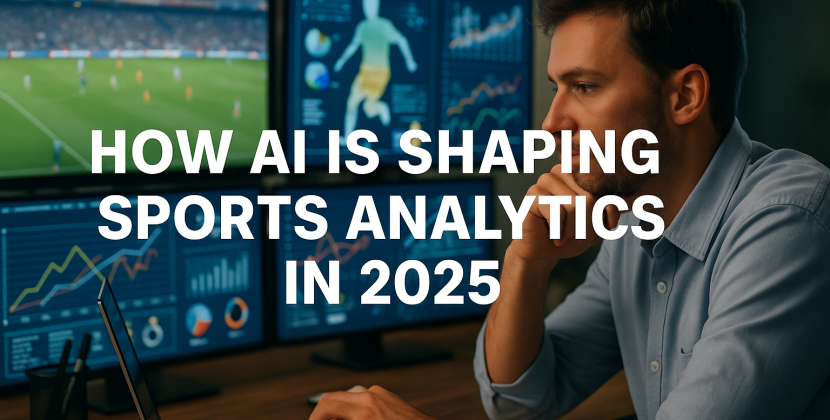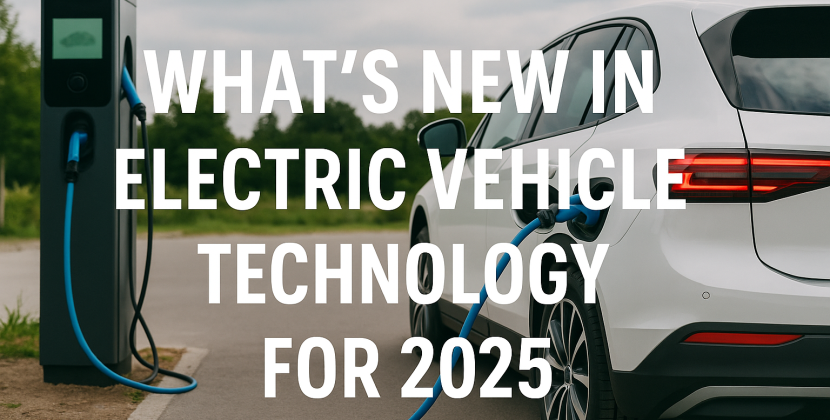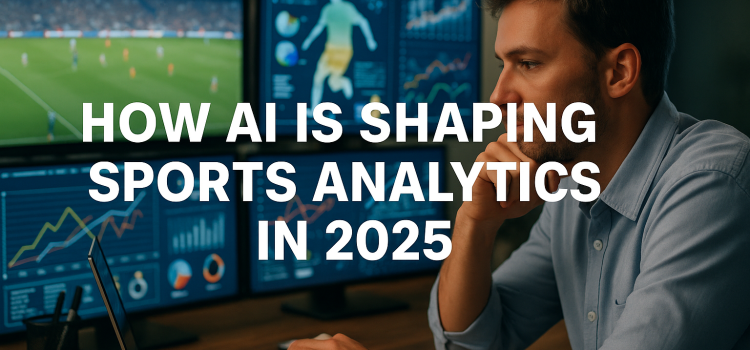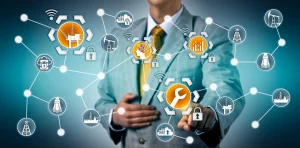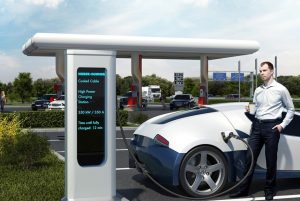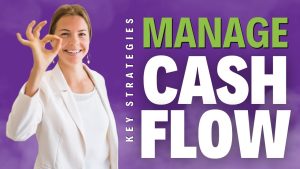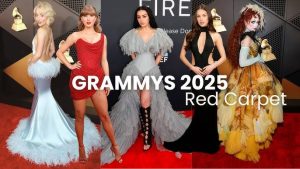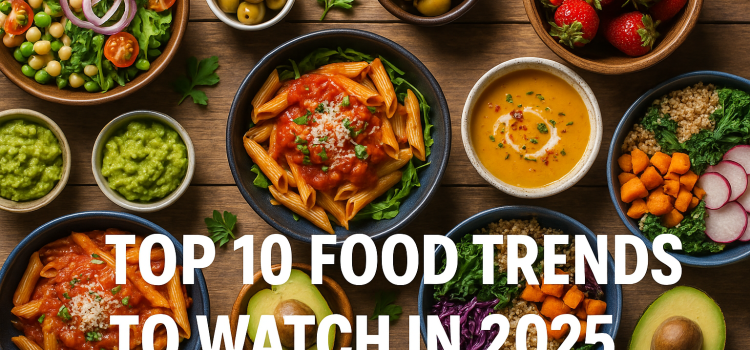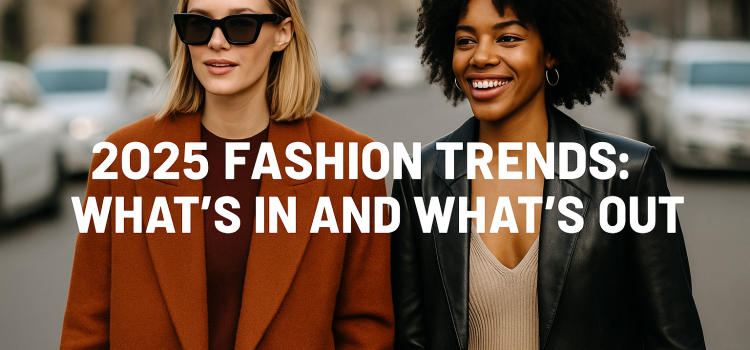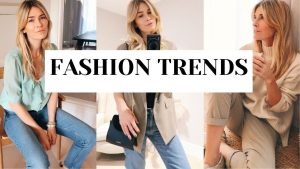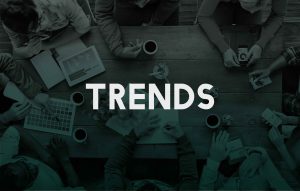
Introduction
Celebrities still shape how we dress. A single red-carpet photo can push a forgotten color into every store window within weeks. Yet fame alone no longer drives style buzz. Fans now track climate impact, digital flair, and personal stories behind each outfit. In 2025 the biggest stars respond by wearing clothes that talk—about values, tech, and the planet—while still looking bold on camera. This guide unpacks the celebrity fashion trends 2025 poised to change closets from Los Angeles to Lagos. We keep the language simple, the tips handy, and the gossip to a minimum so you can grab ideas without scrolling endless feeds.
Why Celebrity Style Matters More Than Ever
TikTok loops, 8K event streams, and AI shopping links turn a dress reveal into instant buy buttons. When a singer lands at the Grammys in a seaweed-fiber suit, eco fans click “add to cart” twenty seconds later. Designers know this, so they seed samples early to talent they trust. Media teams study engagement heat maps to see which sleeve shape or sneaker cut spikes comments. Understanding these feedback loops helps us predict which looks will stick all year, not just one awards night.
What Is “Gender-Fluid Tailoring 2.0”?

Harry Styles walked the path; now a full cohort follows. 2025 sees sharper lines, deeper color palettes, and custom hybrid sizing that lets jackets float between classic menswear and chic lounge robes. Billie Eilish pairs broad-shoulder blazers with pearl chokers, showing silhouettes are props, not prisons.
Try the Trend

Mix a structured vest with wide-leg trousers, then swap shoes between sneakers and heeled boots to feel the attitude shift.
Table — Star-Led Trends at a Glance
| Trend Name | Key Celebrity Champions | Signature Piece 2025 | Sustainability Impact |
|---|---|---|---|
| Eco-Glam | Emma Watson, Timothée Chalamet | Pineapple-leather tux | High – plant fabrics |
| AI-Tailored Couture | Rihanna, BTS V | Algorithm-cut gown | Medium – less waste |
| Gender-Fluid Tailoring 2.0 | Harry Styles, Billie Eilish | Silk robe-blazer | Medium – shared wardrobes |
| Archival Vintage Fever | Anya Taylor-Joy, Zendaya | 1990s couture revival | High – zero new cloth |
| Digital-First Fashion | Selena Gomez, Lil Nas X | NFT twin dress | Low physical waste |
| Quiet Luxury Reloaded | Margot Robbie, Michael B. Jordan | Cashmere coat, hidden monogram | Medium – buy-less, wear-long |
| Future-Tech Fabric | Lady Gaga, Jaden Smith | Graphene light jacket | Medium – long lifespan |
| Statement Metal Maxi | Beyoncé, Bad Bunny | Chrome trench | Low – durable mesh |
| Athleisure Couture | Serena Williams, Hailey Bieber | Satin joggers | Medium – multifunction use |
Trend 1 – Bold Eco-Luxury Fashion
What it is
Top actors replace silk and leather with luxe fabrics grown in labs. Think mushroom-based leather on handbags, orange-peel satin for gowns, or recycled cashmere coats that list carbon savings on the tag.
Celebrity signal
Zendaya wore a mycelium corset at the Venice Film Festival, sparking 2 million likes and igniting search hits for “mushroom leather dress” overnight.
How to try it
Start small: pick a wallet or belt made from apple-skin leather, then move to bigger pieces as prices drop.
Trend 2 – Bold Digital Couture
What it is
Stars now wear pixels as proudly as fabric. A singer debuts a dress that changes color in live AR filters. Athletes sell NFT sneakers you can “wear” in video calls. Red carpets add QR codes so fans can project outfits onto themselves.
Celebrity signal
K-pop group New Eon launched a music video where every costume exists only in 3-D engines. Fans bought limited digital twins to post on avatars within an hour.
How to try it
Download free phone apps that let you overlay animated jackets on selfies. It costs nothing and sparks outfit ideas before buying real fabric.
Trend 3 – Bold Gender-Fluid Style
What it is
Lines blur. Skirts on male rappers, tailored suits on female comedians, and shared closets in celebrity couples become normal. Fit tabs and wrap closures make one piece adjust to many bodies.
Celebrity signal
Timothée Chalamet’s wrap kilt at the Oscars trended worldwide, matched by his partner’s sharp tux in the same shade.
How to try it
Swap rigid waistbands for tie belts and look for “one size, many bodies” tags in online shops.
Trend 4 – Bold Vintage Revival Trend
What it is
Instead of brand-new looks, stars dig deep. Archive Versace, ’90s streetwear, and Y2K clubwear parade on runways. Stylists use AI search tools to locate rare pieces, then restore them for stage.
Celebrity signal
Rihanna’s 2025 Super Bowl rehearsal outfits were all thrift finds from early 2000s London, sparking a resale surge on Depop.
How to try it
Visit local thrift stores with a color plan. Snap the label to use phone search for care tips before buying.
Trend 5 – Bold Tech Wearable Accessories
What it is
Jewelry doubles as health or security tech. Smart earrings track heart rate, while hologram bangles flash meeting notes. Red-carpet bags charge phones or light up with fan tweets.
Celebrity signal
BTS member Jungkook’s battery bracelet powered a live heart-rate display during a charity run, blending style with activism.
How to try it
Start with a smart ring that logs daily steps. Many cost under $100 and pair with free wellness apps.
Trend 6 – Micro-Mood Color Palettes
Colors will shift monthly instead of seasonally. Apps track which tones boost viewer emotion. When a film star posts a lavender coat and engagement spikes, brands flood shelves within days. Expect serene blues in April, solar yellows by July, and fog greens for fall.
Trend 7 – Statement Gloves
Post-pandemic hygiene plus sci-fi vibes make gloves the new statement shoe. Mesh opera gloves, neon latex street pairs, and LED-trim cycling gloves will pepper feeds.
Trend 8 – Hyper-Personalized Sneakers
Stars design shoes live with fans. Viewers vote sole shapes, upload sketches, and see final digital models within an hour. Limited runs drop that night. Each pair can embed a chip proving authenticity and serving as ticket passes for future meets.
Table – Snapshot of 2025 Celebrity Trends
| Trend | Key Celebrity | Signature Piece | Easy Entry Item |
|---|---|---|---|
| Eco-Luxury Fashion | Zendaya | Mycelium corset | Apple-skin wallet |
| Digital Couture | New Eon | AR color-shift dress | Free avatar jacket |
| Gender-Fluid Style | Timothée Chalamet | Wrap kilt tux mix | Tie-belt trousers |
| Vintage Revival Trend | Rihanna | Thrift Y2K tracksuit | Retro graphic tee |
| Tech Wearable Accessories | Jungkook | Heart-rate bracelet | Smart ring |
| Micro-Mood Colors | Dua Lipa | Lavender coat post | Pastel phone case |
| Statement Gloves | Billie Eilish | Neon latex pair | Mesh party gloves |
| Hyper-Personal Sneakers | Serena Williams | Fan-voted court shoe | Custom lace swap |
Tips to Make Trends Your Own

- Pick one trend at a time. Layering all eight can feel forced.
- Mix price points: pair thrift jeans with a smart bracelet to balance budget and tech.
- Share your looks online with clear tags. Brands watch hashtag spikes for feedback and often gift testers.
- Swap clothes with friends to try gender-fluid cuts before buying.
- Use resale apps to find archive pieces under retail cost.
Streetwear Influence from Celebs
Streetwear continues to evolve under celebrity influence. In 2025, stars mix high-end labels with local street brands. Rapper Travis Scott pairs a sculpted leather jacket from a niche designer with vintage sneakers from the 90s. Actress Emma Stone wears graphic hoodies over slip dresses for a playful edge.
Key streetwear trends include:
- Oversized silhouettes. Baggy cargo pants and boxy tops remain popular.
- Logo mashups. Celebs sport items featuring two or three bold logos combined in a single piece.
- Tech fabrics. Water-resistant nylons and mesh panels appear on everyday wear.
Influencers also push the “athletic glam” look—track pants with stilettos and sports bras under blazers. This style blends comfort and luxury, making fans feel ready for both brunch and the club.
Table: Celebrity Streetwear Staples 2025
| Item | Celebrity Example | Why It Works |
|---|---|---|
| Oversized Cargo Pants | Rihanna | Combines utility with high fashion |
| Logo Mashup Hoodie | A$AP Rocky | Shows brand savvy and bold mix |
| Tech-Fabric Jacket | Millie Bobby Brown | Balances style and weather readiness |
| Track Pants + Heels | Bella Hadid | Blurs line between sport and glam |
| Vintage Sneakers | Zendaya | Adds nostalgia to modern outfits |
Simple Care Keeps Green Looks Green
Eco-fabrics need gentle wash. Turn mushroom leather inside-out, wipe with damp cloth, avoid harsh soap. Digital garments live in cloud drives—back them up like photos. Smart jewels charge in low-heat trays to save battery life. Vintage knits enjoy air drying in shade.
Celebrity Influence and Ethical Shopping
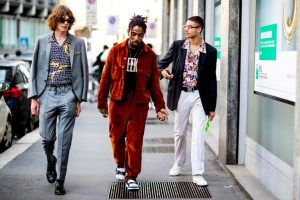
Stars can raise small designers fast, but fans must still check labor ethics. Research if the new label pays fair wages or funds social causes, not just if it trends on reels. Follow stylists who share sourcing notes—many now post supplier lists for transparency.
Looking Past 2025
Expect AI wardrobes that suggest outfits based on mood scans, carbon scores on every red-carpet dress, and live digital edits that change a star’s look mid-performance. Fashion weeks may include VR front rows where attendees swap avatar outfits in seconds.
How Stylists Spot a Trend Early
Stylists track textile expos, archive auctions, and social metrics. When a fabric mill debuts color-shifting silk, they test it in music videos before risking a red carpet. Likewise, if paparazzi shots of a prototype go viral, designers fast-track production, knowing demand exists. Followers who watch runway feeds, trade-show hashtags, and behind-the-scenes interviews can predict next-season looks months ahead.
How to Incorporate Celebrity Trends into Your Wardrobe
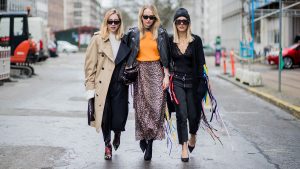
Adopting these trends on a budget is easy with a few tips:
Start with basics. Invest in a well-tailored blazer and neutral dresses for red carpet minimalism.
Shop second-hand for sustainable pieces and streetwear finds. Thrift stores often hide luxury items at low prices.
Experiment with accessories. Swap heavy statement jewelry for single bold earrings or tech-savvy bags.
Mix high and low. Pair designer jackets with budget-friendly jeans. This creates a balanced, on-trend look.
Embrace makeup and gender fluidity. Try subtle smoky eyes or wear a soft pastel nail polish regardless of gender norms.
With these steps, you can capture the spirit of A-list style without breaking the bank.
Conclusion
Celebrity style in 2025 is more than shine; it is a message about planet care, tech play, and personal freedom. Eco-luxury fashion, digital couture, gender-fluid style, and vintage revival trend lead the way, joined by smart accessories and mood-driven colors. Choose one idea, adapt it with thrift finds or entry tech, and you will walk the same trend path as the stars—minus the paparazzi.
Call-to-Action
Pick one trend—maybe a secondhand Y2K jacket or a smart ring—and post your look with the tag #My2025Trend. Share how you sourced it and inspire friends to join the simple, stylish, and planet-kind wave.

